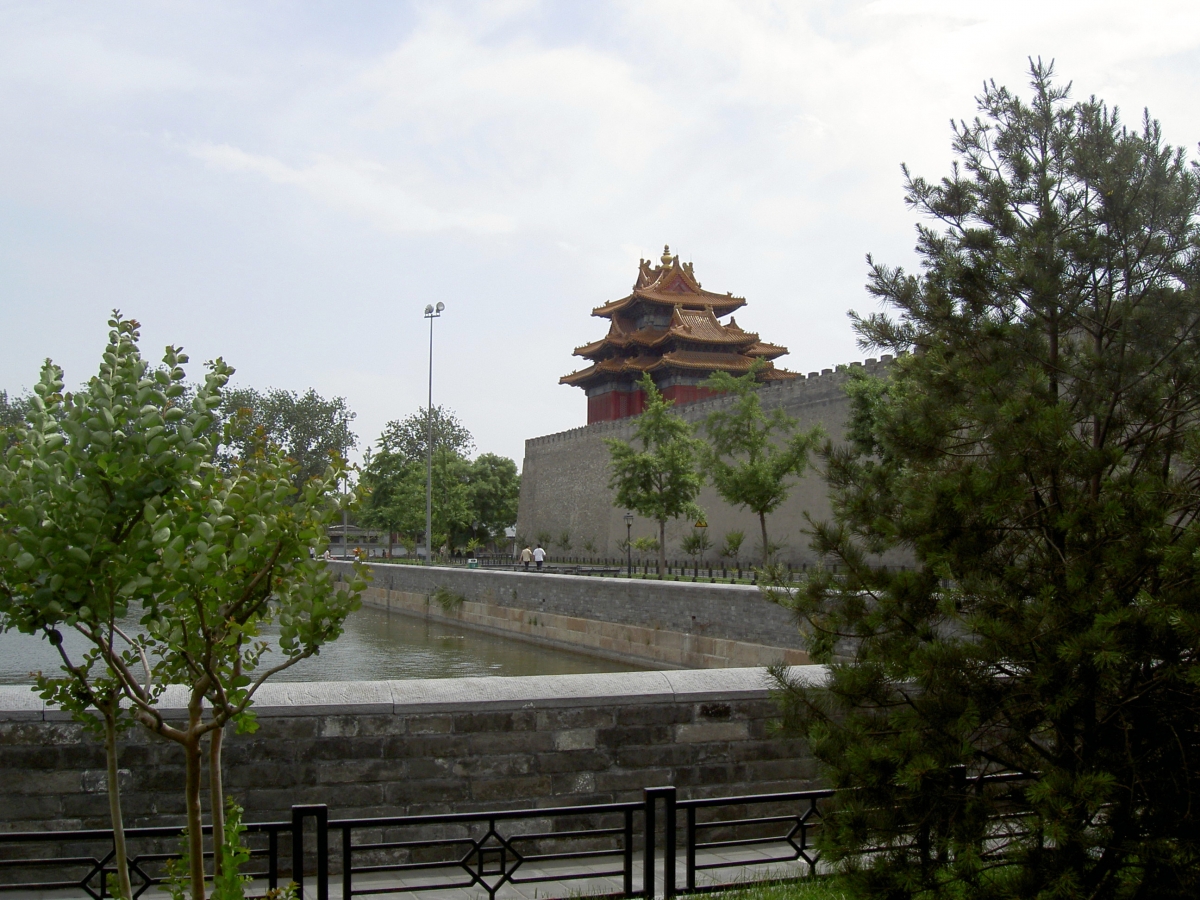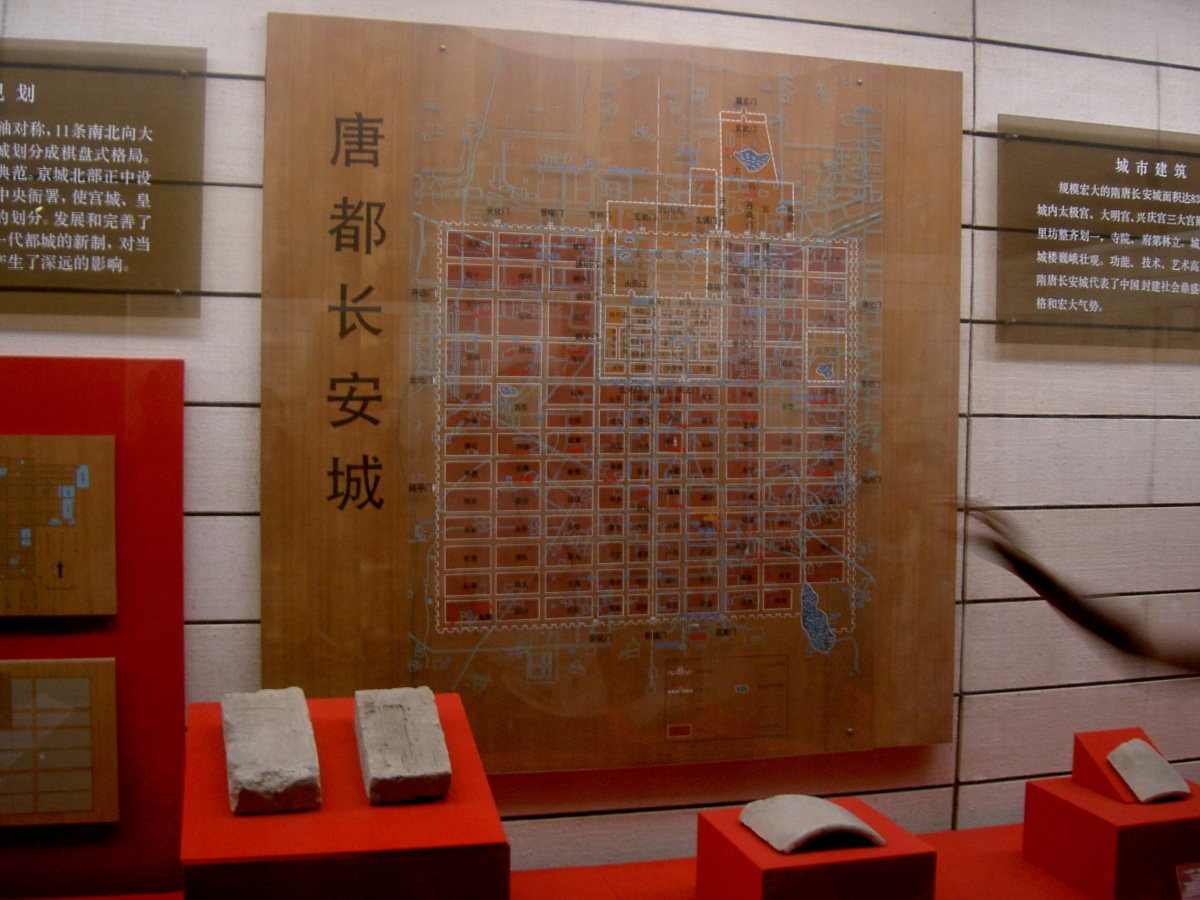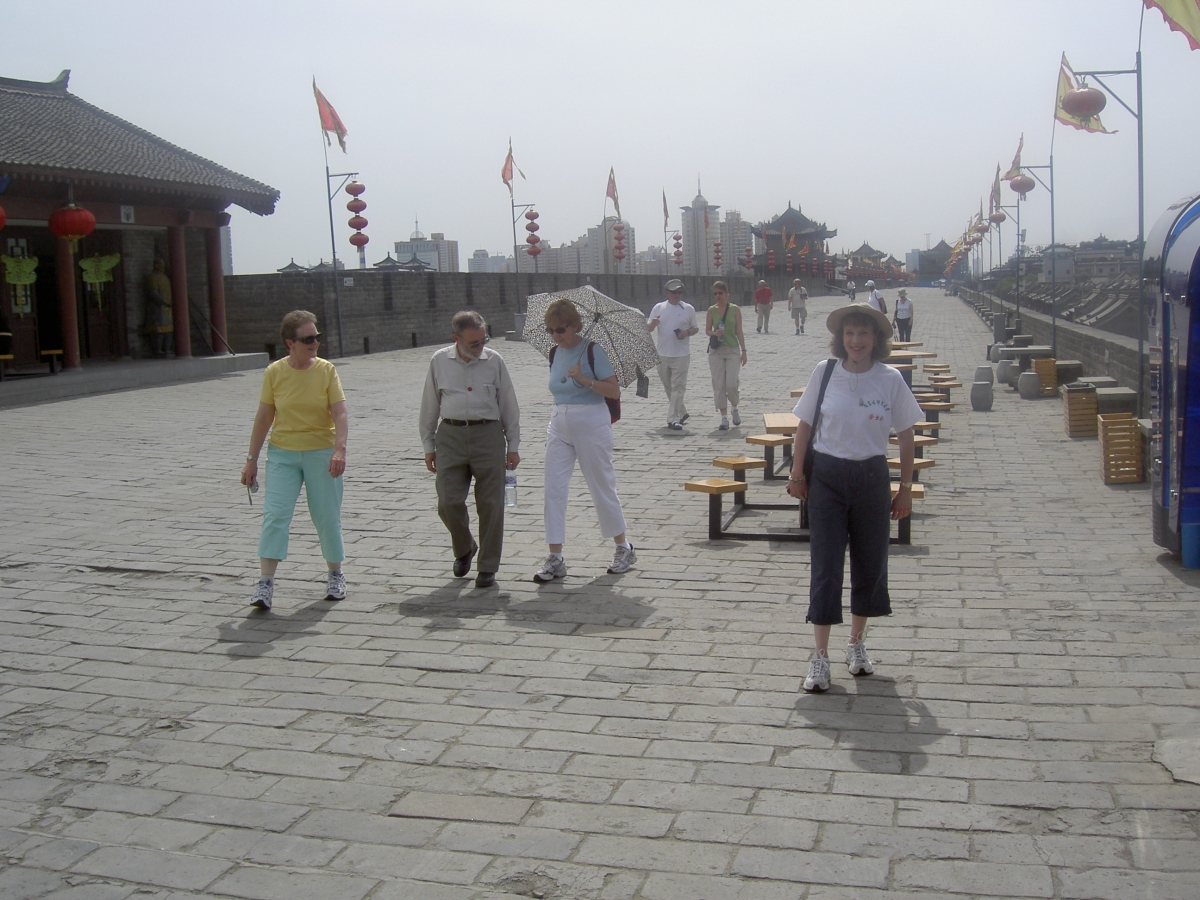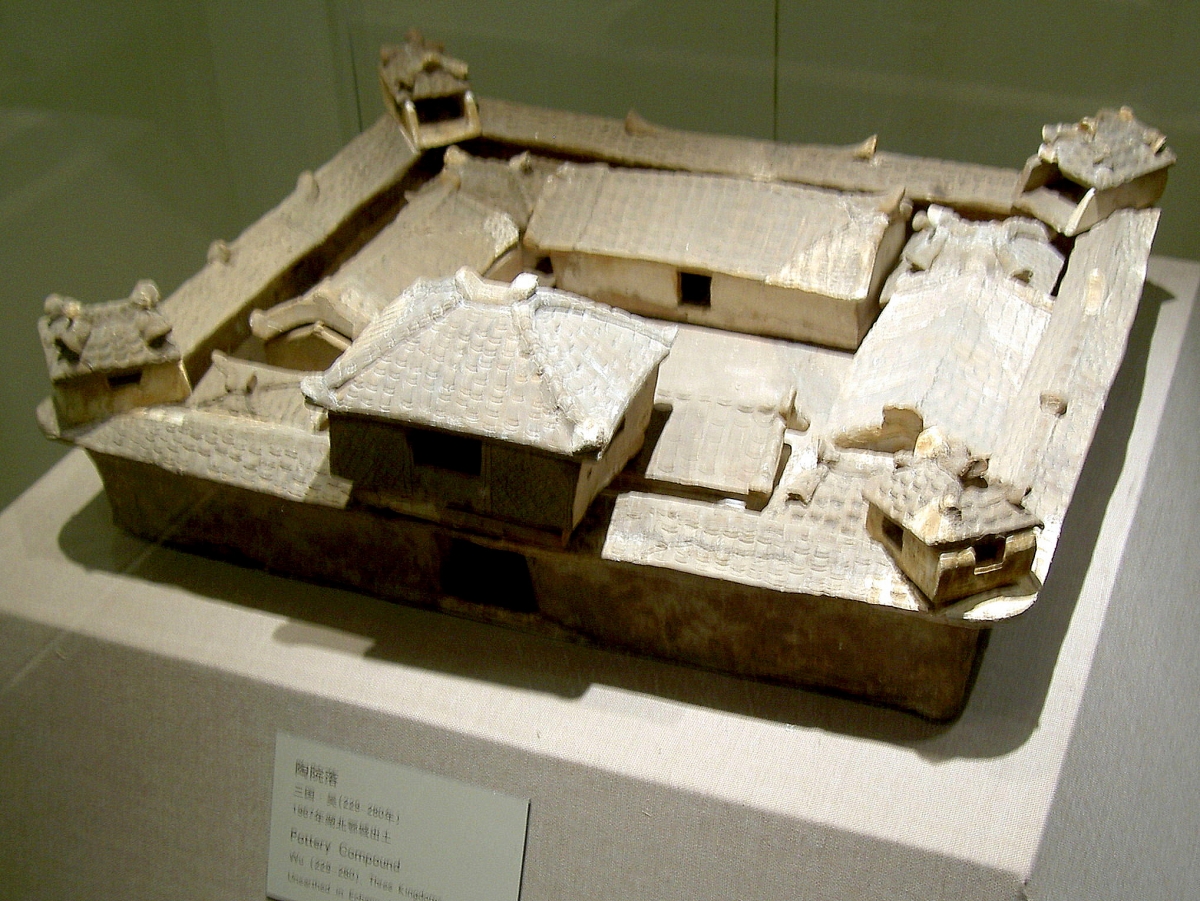- About MAA
- Membership
- MAA Publications
- Periodicals
- Blogs
- MAA Book Series
- MAA Press (an imprint of the AMS)
- MAA Notes
- MAA Reviews
- Mathematical Communication
- Information for Libraries
- Author Resources
- Advertise with MAA
- Meetings
- Competitions
- Programs
- Communities
- MAA Sections
- SIGMAA
- MAA Connect
- Students
- MAA Awards
- Awards Booklets
- Writing Awards
- Teaching Awards
- Service Awards
- Research Awards
- Lecture Awards
- Putnam Competition Individual and Team Winners
- D. E. Shaw Group AMC 8 Awards & Certificates
- Maryam Mirzakhani AMC 10 A Awards & Certificates
- Two Sigma AMC 10 B Awards & Certificates
- Jane Street AMC 12 A Awards & Certificates
- Akamai AMC 12 B Awards & Certificates
- High School Teachers
- News
You are here
Illustrating The Nine Chapters on the Mathematical Art - In the Classroom: Right-angled Triangles
Chapter 9, "Right-angled Triangles"
Chapter 9, "Right-angled Triangles," includes several problems in which we are given a square city with gates opening in the middle of the sides (for example, problems 19-21). My students have sometimes greeted this problem with some skepticism, feeling that it is artificial and akin to the "consider a spherical cow" joke! After all, in their experience, the walls around cities are often in shapes that are curves or non-rectangular polygons. But, in fact, city walls and estate compounds in China often are and were square, as Figures 14-17 attest.
Figure 14 shows the Watchtower at the northeast corner of the Forbidden City in Beijing. While the Forbidden City is not square, at least it is rectangular. The early map of Xi'an from the Shaanxi History Museum in Figure 15 shows that it was nearly a square. Figure 16 is another photograph of a present day city wall of central Xi'an that illustrates just how straight the wall is; this is one of the four sides of a rectangular wall. Figure 17 shows a pottery model now in the National Museum of China in Beijing. This model of a square compound dates from the Wu Three Kingdoms period (229-280 CE).
Figure 14. This photograph of the Watchtower at the northeast corner of the Forbidden City in Beijing illustrates a right-angled corner of the rectangular Forbidden City (photo by the author).
Figure 15. This early map of Xi'an from the Shaanxi History Museum shows that the city’s boundaries formed a nearly square rectangle (photo by the author).
Figure 16. This photograph depicts a present-day city wall of central Xi'an. The walls provide a wonderful promenade for walking; enjoying it here are MAA travelers Ruth and Ken Ross, Tina Straley, and the author's wife, Linda Haack. (Ken Ross served as president of the MAA in 1995 and 1996. Sadly, Ruth Ross died in 2015.) For the purposes of this article, notice how straight the wall is. It is one of the four sides of a rectangular wall (photo by the author).
Figure 17. This pottery model of a square compound dates from the Wu Three Kingdoms period (229-280 CE). It is now in the National Museum of China in Beijing (photo by the author).
Joel K. Haack (University of Northern Iowa), "Illustrating The Nine Chapters on the Mathematical Art - In the Classroom: Right-angled Triangles," Convergence (April 2017)








